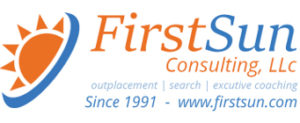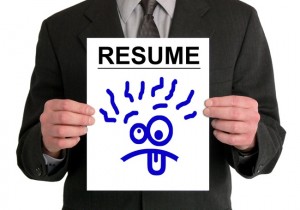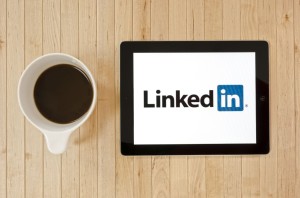#JobSearch :Insider Tips on Working with a Recruiter. Here are Some Do and Don’ts to Get the Most Out of your Relationship.
I occasionally get asked about recruiters, if the client should use one, what is the best way to work with them, and what I should expect to receive. Making the best use of recruiters is something that almost all major corporations do now. Taking advantage of someone that is trained to sort through people means less hassle for the company-and why not? Less hassle means fewer headaches for those businesses.
As you work with them, here are some Do and Don’ts to keep in mind to get the most out of your relationship.
DO THIS WHEN WORKING WITH A RECRUITER
- Be clear about your career goals. When they know what you’re looking for, neither of you will waste time pursuing dead ends.
- Be professional and polite, even if there’s no job offer. Never burn a bridge. You never know what may come along.
- Work with recruiters who specialize in your field. Ask questions about their process and their experiences.
- Let them negotiate the compensation package. You can get their feedback on the offer and let them present it to the employer.
- Expect them to be your allies in the hiring process, letting you know who the decision makers are and the hot, internal issues.
- Connect with them on LinkedIn, regardless of the job outcome. Keep those positive feelings about you flowing for the future.
- Be a network contact for the recruiter. They will remember you positively if you provide a new contact for them when that next great opportunity comes along.
Like this Article? Share It! You now can easily enjoy/follow/share Today our Award-Winning Articles/Blogs with Now Over 2.5 Million Growing Participates Worldwide in our various Social Media formats below:
LinkedIn: https://www.linkedin.com/in/chris-g-laughter-b46389198/
Twitter: Follow us @ firstsunllc
Best Daily Choice: Follow the Best of FSC Career Articles/Blogs @
https://twitter.com/search?q=bestoffscblog&src=typeahead_click
Question: Want the ‘the best/current articles/blogs on the web’ on Job Search, Resume, Advancing/Changing your Career, or simply Managing People?
Answer: Simply go to our FSC Career Blog below & Type(#Jobsearch, #Resume, or #Networking) in Blog Search: https://www.firstsun.com/fsc-career-blog/
What Skill Sets Do You have to be ‘Sharpened’ ?
Article continued …
DON’T DO THIS WHEN WORKING WITH A RECRUITER
- Worry about how they get paid. That doesn’t affect how they work with you.
- Use a cookie-cutter approach with every recruiter. Review their website and submit materials appropriately and communicate as they request.
- Be difficult to find. Be active on social media; consider writing a blog, give presentations, raise your visibility.
- Think they are the decision makers in the hiring process. They may have input, but someone else is deciding.
- Think you are the right candidate for every job. You aren’t. But there is a right job out there for you.
- Think they are career counselors. They can’t review your resume and figure out where you fit in an organization. That’s what a job coach is for.
Remember when working with a recruiter, the company is actually the client—not you! So, if they make a suggestion, take it! They are making it because they think it will increase your chances at an offer.
FSC Career Blog Author: Erin Kennedy, MCD, CMRW, CPRW, CERW, CEMC, is a Certified Professional Resume Writer/Career Consultant, and the President of Professional Resume Services, named one of Forbes “Top 100 Career Websites”. Considered an influencer, she is consistently listed as a “Top Career Expert to Follow” on Twitter and LinkedIn.
FSC Career Blog – February 27, 2021







 Fill out all the sections. Don’t leave anything blank. Fill in the volunteer, certifications, languages, projects, honors, awards. You can add PowerPoints, photos, samples of your work (I have these on my profile) coursework, and things you have done in your career.
Fill out all the sections. Don’t leave anything blank. Fill in the volunteer, certifications, languages, projects, honors, awards. You can add PowerPoints, photos, samples of your work (I have these on my profile) coursework, and things you have done in your career.


